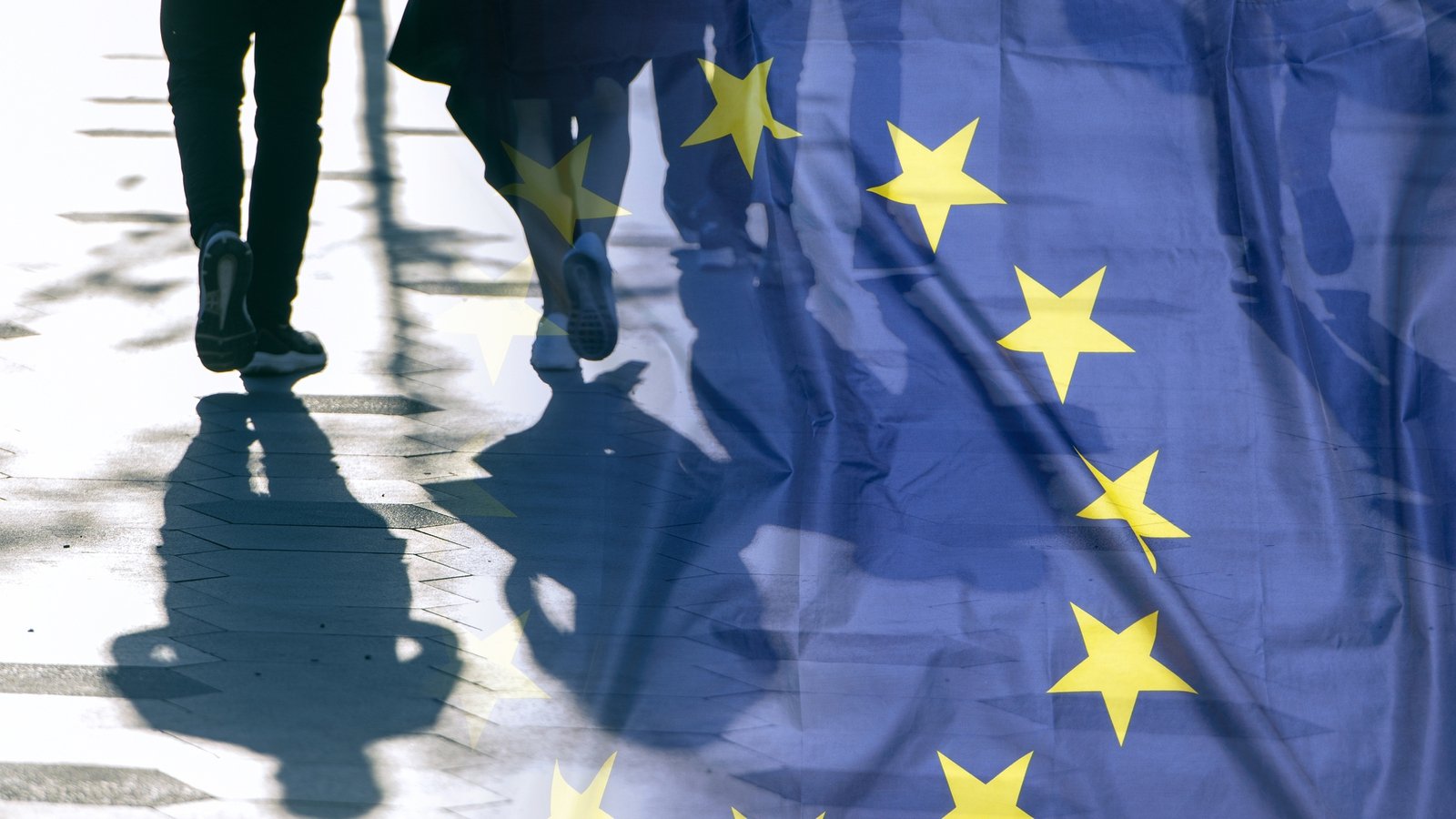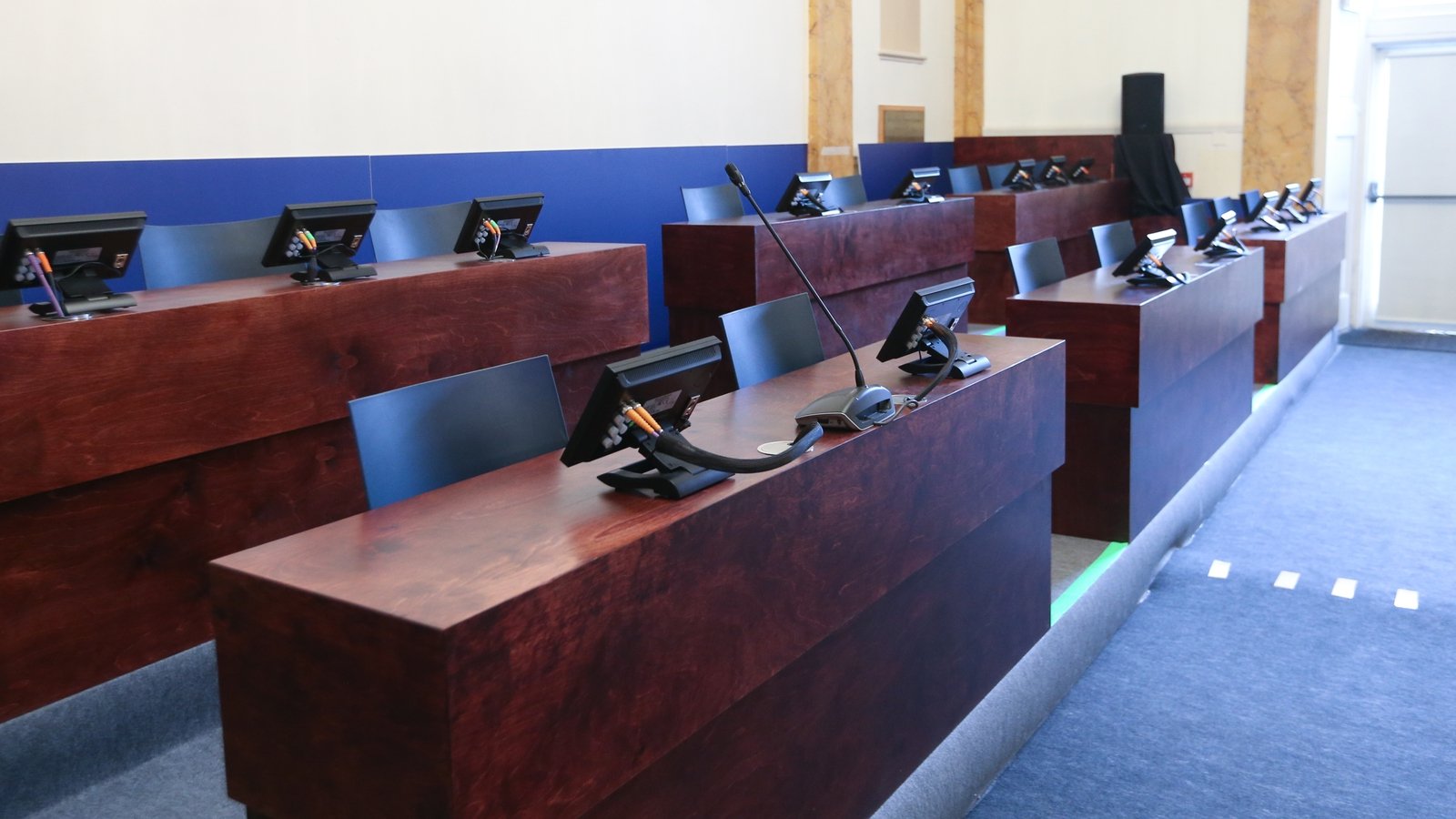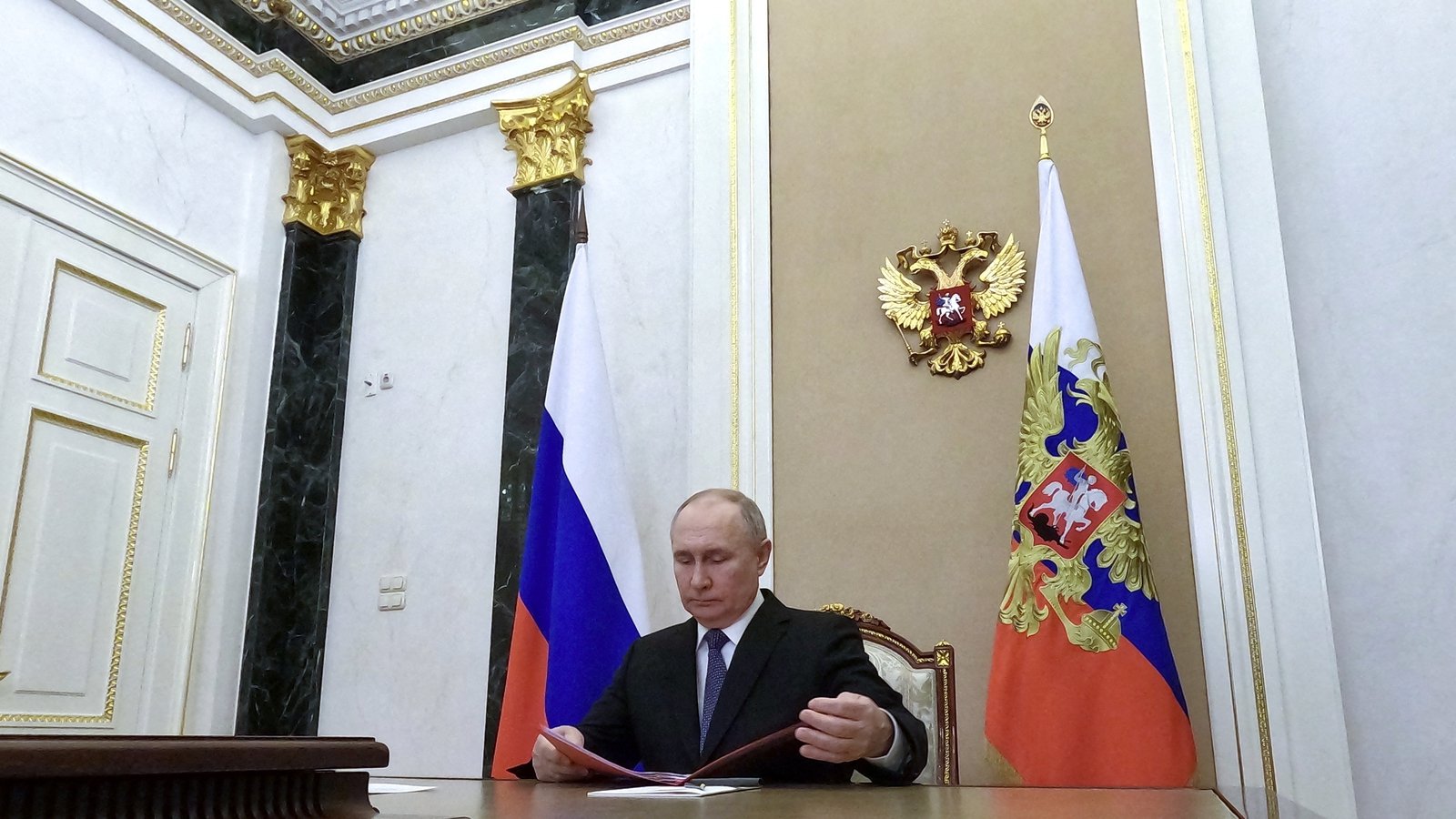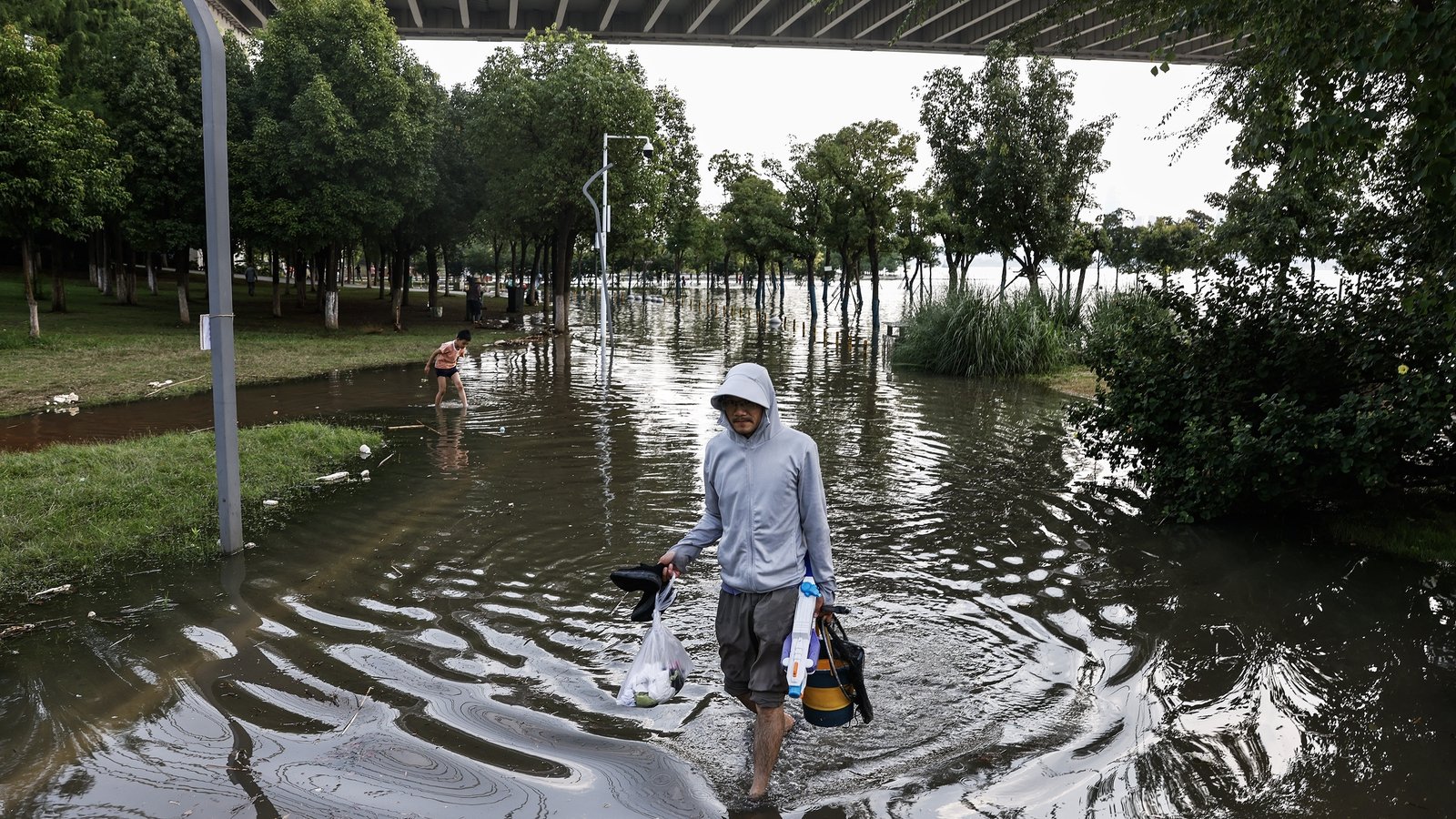Migration policy hardens as Govt senses public backlash

Taoiseach-in-waiting Simon Harris will meet ministers in the coming weeks to discuss his priorities for Government which he is set to lead from 9 April.
As he prepares to press the “reset” button for his party, it is already becoming clear that a hardening of migration policy will be a central part of that approach.
In comments that appear to presage a shift to the right on the issue, he told a Fine Gael gathering in Athlone last weekend that he wants a “fair and firm” model for immigration into this country.
In the week that followed we have seen three different strands of changing migration policy, which are likely to result in a tougher system with an eventual drop in overall numbers anticipated by officials.
The most significant of these changes is a decision by the Cabinet to opt into the EU Migration and Asylum Pact.
Although it will take at least two years to come into effect, the pact is being described as a far-reaching reform and the first common EU policy on migration.
The pact is outlined in a 1,000-word legal text, the final wording and technicalities of which are yet to be finalised.
But in broad terms, it will limit the entry of migrants into the EU by improving screening and security checks at borders, as well as making it easier to deport failed asylum seekers.
There will be a more effective system for returning emigrants who move to Ireland from other member states, thought to make up around 50%-70% of all arrivals here on any given week.
Instead of the current system where Ireland can send a “take back request” to, say, France or Italy, under the new plan there will be a “take back notification”.
This will be counterbalanced by a “solidarity” provision where member states with fewer migrants will be asked to take on their “fair share” or decide to “offset” this obligation with a financial contribution of €20,000 per migrant.
Notwithstanding the difficulties in predicting migration patterns, given they are dictated by unexpected global events, Government officials expect that this ending of “secondary movements” from one EU state to the other will have a dampening effect on overall numbers.
However, given that one of the main criteria for the “solidarity” provision is GDP, this could see Ireland being given greater responsibilities.
The new rules have been highly criticised by many NGOs as too harsh and pandering to the far-right parties ahead of European elections.
“The theory is that by making people suffer with hostile policies you create a deterrent and fewer people will arrive. But in practice, people will still arrive because they have no choice, so there’s no deterrent effect – just the suffering,” Catherine Woolard, Director of the European Centre on Refugees and Exiles told Politico.
Chloe Marshall Denton, Humanitarian Advisor with Medicins Sans Frontiers, told RTÉ’s Morning Ireland that the pact will make it increasingly difficult for people in desperate situations to move the EU.
We need your consent to load this rte-player contentWe use rte-player to manage extra content that can set cookies on your device and collect data about your activity. Please review their details and accept them to load the content.Manage Preferences
“People are then forced to take increasingly dangerous routes to do so which often includes multiple dangerous attempts to cross the Mediterranean and each time forcing people in to greater danger and greater vulnerability,” she said.
When agreement was reached on the pact in December, a German MEP of the leftist Die Linke wrote on X that the pact was “a dramatic day for the rights of people seeking protection from European: a dream of the right-wing populists in the EU coming true”.
Asked at a press conference on Wednesday if this policy marked a move away from EU values and a move to the right on migration policy, Minister for Justice Helen McEntee said this was not the case.
“It is much better for people who genuinely need protection so they can get on with their lives and be part of the community,” she said, “but for those who don’t it is much easier to deport them,” she said.
Mr McEntee said: “This in no way impacts their human rights and their right ot seek protection if they genuinely need it. But we do have a lot of people using the international protection system who do not need it and we have to make sure those two are separate.”
Discussions on the policy started back in 2016 when millions of refugees previously reached Europe’s borders.
But any see its original intention as having shifted since then as the political backlash to migration grew.
“It started with good intentions and an attempt to harmonise and improve the way Europe supports people who are seeking international protection,” said Nick Henderson of the Irish Refugee Council.
“But as the negotiations went on, member states gradually tightened their attitudes and their approach to this issue.
“Now we are ending up with a pact that is more about controlling and reducing the rights of individuals rather than an emphasis on a fair and efficient asylum process,” he said.
There is no doubt that EU negotiators were under pressure to finalise an agreement ahead of the European elections this summer.
President of the European Parliament Roberta Metsola conceded as much when the deal was struck in December, saying that EU would be able to “showcase this unprecedented reform before next year’s elections”.
Showcasing such a reform might be opportune for Simon Harris as he comes under pressure from backbench TDs who, particularly since the failed referendum campaigns, want the Government to change its approach to migration.
This is not the only policy change.
New figures show the number of Ukrainian refugees arriving in Ireland has dropped 65% since December when the Government announced plans to restrict supports.

The change in policy meant that Ukrainians fleeing war would be given a bed for 90 days and receive a reduced weekly allowance of 38.80 per adult and 29.80 per child, as opposed to the previous payment of 220 a week in jobseekers’ allowance.
The EU-wide Temporary Protection Directive for Ukrainians fleeing war runs out in March of next year and while the ongoing impact of the war remains hard to predict, discussions are taking place already at an EU level on how to transition from that.
The third policy change, agreed by the Cabinet this week, involves a new strategy to house international protection applicants.
It would move away from the reliance on private providers, or last-minute securing of “the last hotel in town”, a situation which has seen local tensions flare in parts of the country.
The new plan will see empty office buildings converted as well as “targeted purchases” of larger turnkey properties, and the use of State land to build new units.
Mr Harris said this is about moving beyond an emergency response to a more sustainable approach to immigration.
Communities felt that they were “not being heard” he said and the Government needs to be able to say to people “here is the plan, it’s going to take time to get here, but here is the plan”.
It remains to be seen whether that statement of intent will be enough to assure voters that leaders are heeding their concerns.
In the meantime, the new policies will do little to bring down the numbers of immigrants or provide more suitable accommodation solutions ahead of either the European and local, or subsequent general election due to take place within the next year.
But Mr Harris will be all too aware that his handling of a topic which has become increasingly emotional at the doorsteps, and for which immediate policy solutions are hard to come by, could be a significant factor in determining his success in office.





